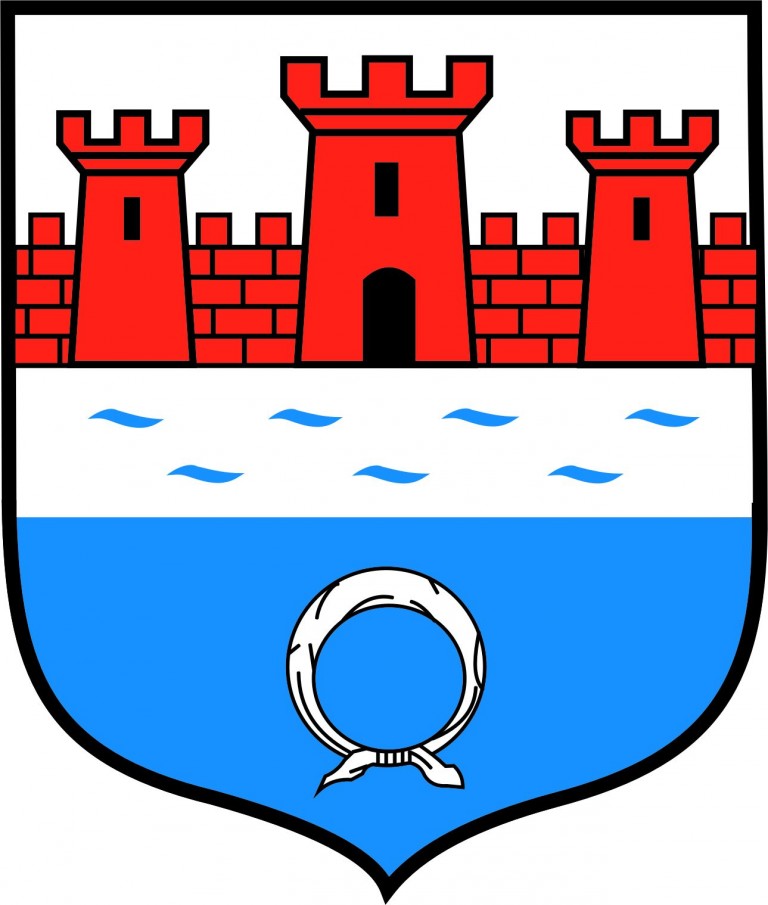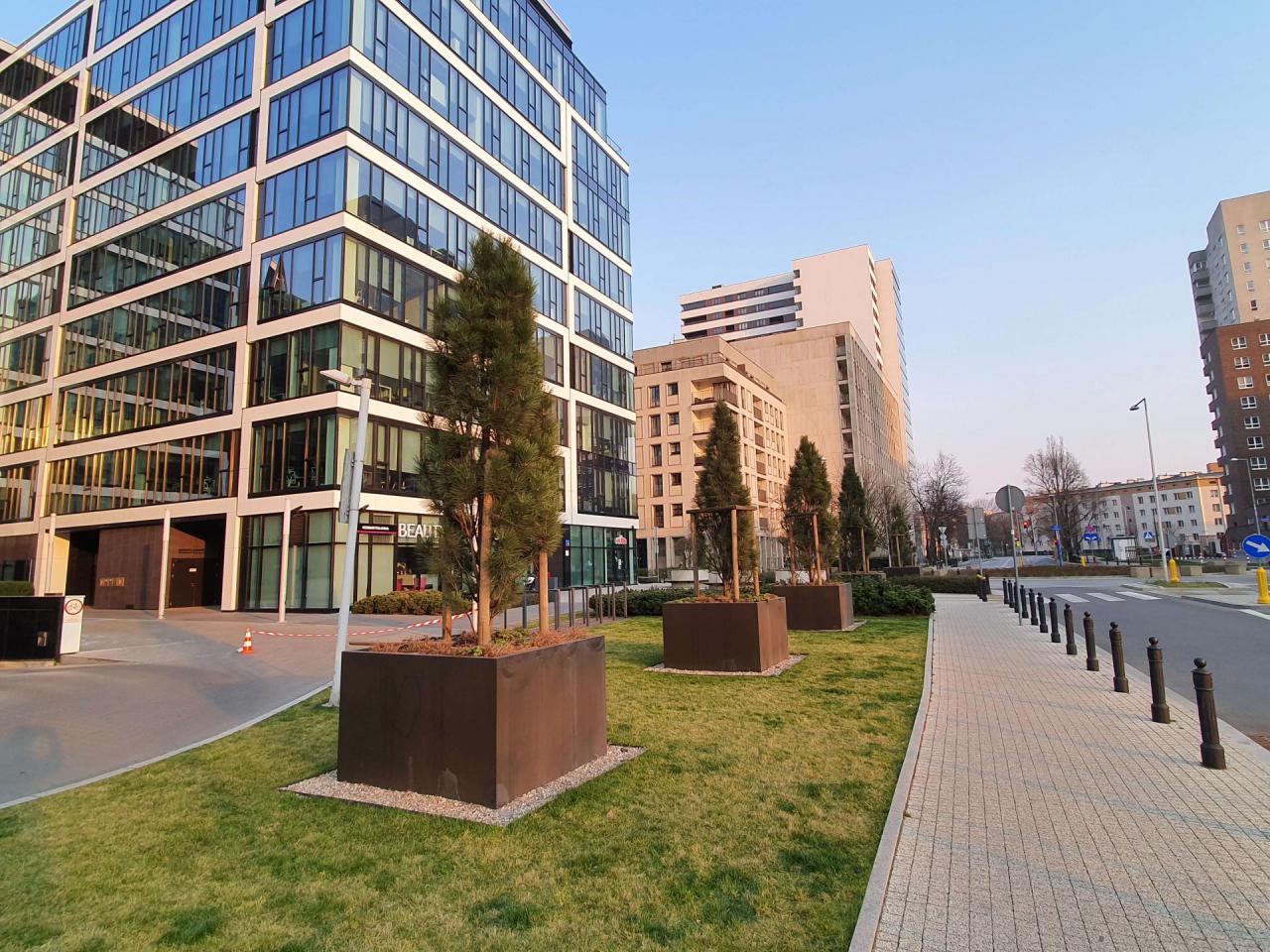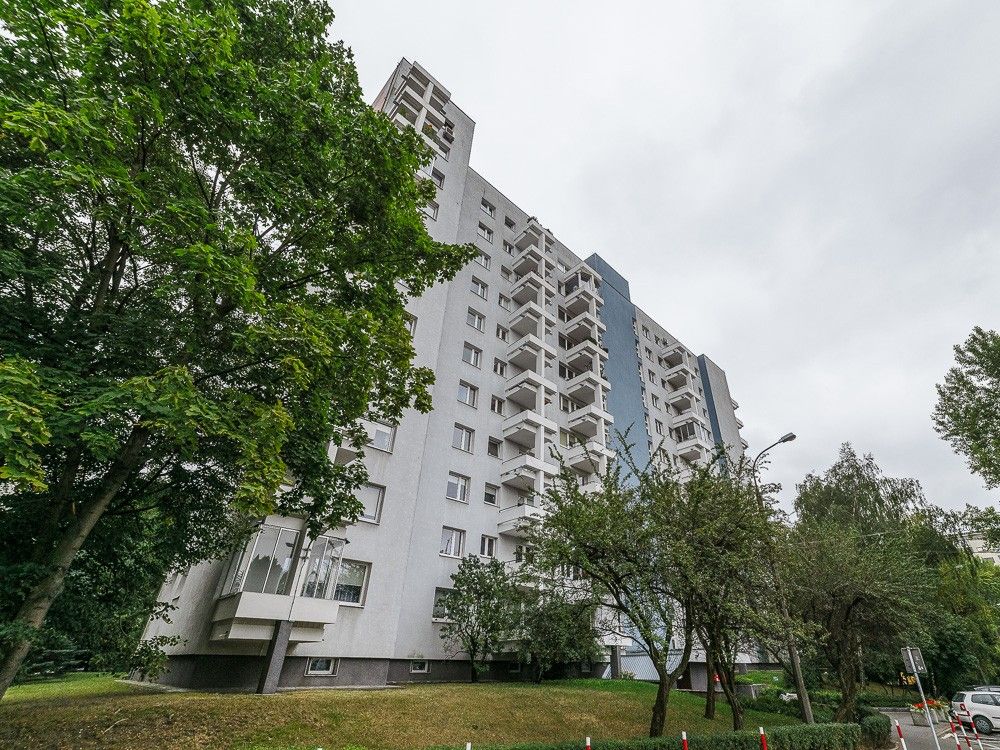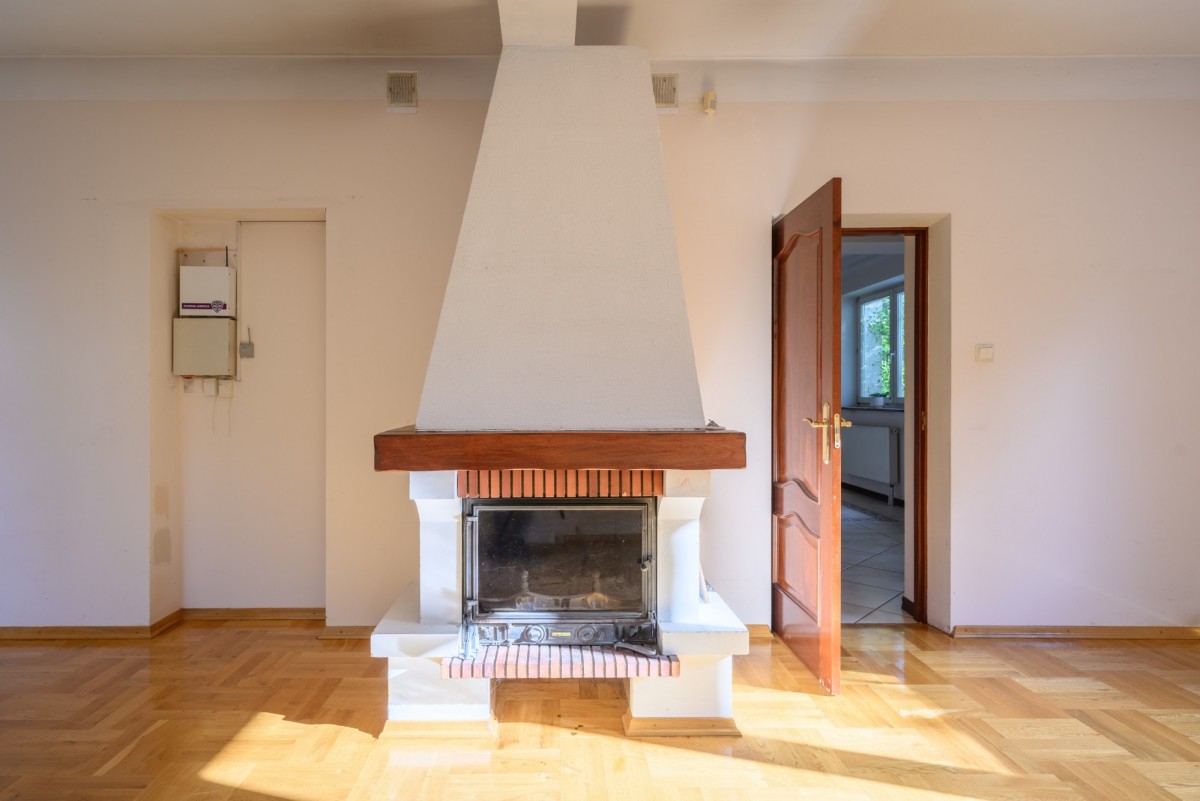Nowy Dwór Mazowiecki

All about Nowy Dwór Mazowiecki
1. General data
2. Culture and sports in Nowy Dwur Mazowiecki
3. Education in Nowy Dwur Mazowiecki
4. Healthcare in Nowy Dwur Mazowiecki
5. Transport in Nowy Dwur Mazowiecki
6. Economy of Nowy Dwur Mazowiecki
7. Nature of Nowy Dwur Mazowiecki
8. History of Nowy Dwur Mazowiecki
1. General data
Nowy Dwór Mazowiecki (Nowy Dwor Mazowiecki) is a city in the Mazowieckie Voivodeship of Poland. Included in the Warsaw agglomeration. It is located at the mouth of the Narew River at the confluence with the Vistula River.
Date of creation - before 1294. The city received city rights in 1374.
The population of the city (31.12.2021) is 28,564 people. The urban area is 28.21 km². Population density - 1005.3 people / km².
Coordinates: 52°25′49″N 20°42′57″E
Nowy Dwur Mazowiecki is the center of the Novodvur district. The area of the county is 691.65 sq. km, the population is 88,654 people (12/31/2019). Novodvursky poviat is located in the northern part of the Masovian Voivodeship, it was created in 1999.
The county includes:
city communes: Nowy Dwur Mazowiecki
urban-rural communes: Nasielsk, Zakroczym
rural communes: Chosnow, Leoncin, Pomiechowek
cities: Nowy Dwur Mazowiecki, Nasielsk, Zakroczym
Nowy Dwur Mazowiecki is located in the Central Poland Lowland of the Warsaw Basin, 34 km northwest of the center of Warsaw. The city is located on a floodplain terrace between the Vistula, Narew and Wkra rivers, which join within its boundaries. The Vistula River marks the southern and southwestern borders of the city for 7.5 km. The Narew River horizontally cuts the city in half, separating the main part of the city from the Modlin Tverdza and Modlin Old residential areas.
Nowy Dwór Mazowiecki has attractive business conditions due to the location of the Warsaw-Gdańsk expressway in close proximity to the city, the railway line connecting Warsaw with coastal ports, the airport in Modlin and proximity to the capital of the country.
The strengths of the city also include huge opportunities for the development of tourism and recreation.
Nowy Dwur Mazowiecki is an industrial and service center, also for the nearby summer resorts. The city has developed chemical, as well as light, food, electromechanical and woodworking industries. There are factories for school and stationery, packaging, building materials, fishing equipment, printing houses; warehouses, wholesalers and customs agencies. The following factories operate in the city: La Lorraine Bakery Group, Reckitt Benckiser, Pollena Aroma, Alpla and EcoWipes EWS.
The Warsaw-Modlin Airport is located in the city.
The territory of the city is divided into 9 residential areas:
Osiedle No. 1 - Osiedle Centrum
Osiedle No. 2 - Osiedle Młodych
Osiedle No. 3 - Osiedle Pólko (territory on the north side of Bohaterów Modlina street)
Osiedle No. 4 - Osiedle Pólko (area on the south side of Bohaterów Modlina street)
Osiedle No. 5 – Osiedle Nowodworzanka
Osiedle No. 6 – Osiedle Modlin Twierdza
Osiedle No. 7 - Osiedle Modlin Stary
Osiedle No. 8 - Osiedle Osiedle Okunin
Osiedle No. 9
2. Culture and sports in Nowy Dwur Mazowiecki
The municipal public library, the Cultural Center in Nowy Dvur and the Sports and Leisure Center in Nowy Dvur operate in the city.
Nowodworski Ośrodek Kultury (Cultural Center) is located in Nowy Dvor Mazowiecki, which works in the field of popularization of culture and cultural education of children and youth. The Nowodworski Cultural Center is located in an adapted historic building of the former power plant of the Electrotechnical Battalion.
Nowy Dvor Mazowiecki has a modern sports and entertainment hall. Its area is 32x46 m, height is 13.5 m. There are three volleyball, two basketball and tennis courts in the hall. The capacity of the auditorium is 1200 people.
Nowy Dwur Mazowiecki also has an artificially lit football field that complies with FIFA and UEFA requirements. Currently, the local football club Svit, which represents the city in the championship of the second league, the eastern group, plays here. The capacity of the stadium is 3500 people.
The city has a multi-section club Świt Nowy Dwór Mazowiecki. Nowodworskie Ośrodek Sportu and Rekreacji have a sports hall, a sports ground, a swimming pool complex opened in 2011, a full-size artificial turf driving range, and tennis courts. In the New Court Mazowiecki there are also martial arts sections - the Champion Club (boxing) and the ITF Taekwon-Do Club.
Sports and culture lovers may be interested in:
City and District Public Library
Branch in Nowy Dwur Mazowiecki of the Provincial Pedagogical Library in Warsaw
Song and dance ensemble of Novodvorskaya land SOLI DEO
September Campaign Museum and Modlin Fortress
Foundation of the Military Park of the Modlin Fortress
KAMPINOS Historical Reenactment Group
Society of Friends of the Modlin Fortress
Sports club Nowy Dwór Dziesiątka
Novovodsk Amateur Basketball League
Parish Student Sports Club "Young Eagles"
Swimming pool of the Nowodworski Sports and Leisure Center in Nowy Dwor Mazowiecki
Monuments in Nowy Dwur Mazowiecki:
Church of St. Archangel Michael
Parish Cemetery of St. Archangel Michael
Evangelical Cemetery
jewish cemetery
World War II cemetery 1939–1945 on Strazhatskaya street.
The historical layout of the city center as an example of the urban composition of the Enlightenment of the 1780s
Former town hall and magistrate in 1861 on the street. Warsaw, 6.
Wooden house of the late 19th century on Vybitsky street, 4.
Historic inn from the early 19th century at 2 Kosciuszko Street.
Wooden villa in the style of a Russian dacha from about 1866 at 9 Paderevsky Street.
The house of the beginning of the 19th century on Paderevsky street, 17.
Apartment building at 9 Daszyński Street
Wooden house on Dashinskogo street, 18.
Apartment building at 37 Nalenča Street (former Bermana beer bottling plant)
Wooden house of the late 19th century at 9 Foca Street.
House with the oldest pharmacy in the city in 1896 at st. Kosciuszko, 5.
Former fisherman's house from the early 19th century at 9 Kosciuszko Street.
Wooden apartment building on the street. Sukenna, 48
A complex of historical buildings of former military barracks at the turn of the 19th and 20th centuries on Paderewski Street.
Bridge of the First Marshal of Poland Jozef Pilsudski on the Vistula River in 1911, 1934 and 1952.
Historic railway station Modlin from 1927 at Mieszko I street 3.
Modlin Fortress and its buildings
Granary in 1841 at the mouth of the Narew and the Vistula.
The officer's canteen of 1906 at 160 Ledokhovsky Street.
3. Education in Nowy Dwur Mazowiecki
Nowy Dwór Mazowiecki has 3 schools and kindergarten complexes: school and kindergarten complex No. 1, school and kindergarten complex No. 3 and school and kindergarten complex No. 4, as well as a secondary school complex, 2 primary schools: primary school No. 1 and elementary school No. 5. There are 2 kindergartens: state kindergarten No. 1 and state kindergarten No. 3.
The school and children's complex includes an elementary school and a kindergarten. Integration classes operate in elementary schools no. 4, 5 and 7.
School Complex No. 2 includes a technical school and a secondary school for adults. The technical school trains specialists in the following specialties: mechanical technician, information technology technician, tourist service technician, sales technician and economics technician.
There are 2,500 students in elementary schools, more than 313 students in secondary general education schools, 270 students in a technical lyceum and 40 students in an adult school in school complex No. 2.
The city also has 1 non-state primary school with 30 students.
About 800 children attend state kindergartens in Nowy Dvur in 33 groups, 185 children attend pre-school departments of elementary schools.
Also in the city there are 4 non-state kindergartens and a kindergarten "Academy of Kids", a non-state musical and language kindergarten "Nutka", "Fairytale House", a non-state kindergarten named after. A. Einstein and "Our Story". Private kindergartens are attended by 250 children.
All schools have school canteens and lounges. The education system in Nowy Dwur Mazowiecki employs more than 500 teachers and 250 administrative and service workers.
There are also educational institutions in the city, the governing body of which is the district administration: a secondary school, a complex of vocational schools No. 1 and a complex of educational institutions.
4. Healthcare in Nowy Dwur Mazowiecki
Nowy Dwur Mazowiecki provides basic medical services, including general medical care, diagnostics, treatment and emergency care. The city has several hospitals, clinics, as well as private and public medical centers.
One of the main medical institutions in Nowy Dwur Mazowiecki is Nowodworskie Centrum Medyczne (Novodvorsky Medical Center). It offers a wide range of services including outpatient care, inpatient care, operating rooms, ambulance service and other specialized services.
There are also various private and public clinics in the city that offer a variety of medical services, including specialized care, dentistry, rehabilitation and other medical procedures.
It is important to note that the healthcare system in the city is constantly developing and improving.
5. Transport in Nowy Dwur Mazowiecki
Nowy Dwur Mazowiecki is an important road junction. National and provincial roads intersect in the city:
7 direction Gdansk-Elblag-Nowy-Dwur-Mazowiecki (Kazun junction)-Warsaw-Radom-Krakow
62 direction Wloclawek-Plock-Nowy-Dwor-Mazowiecki-Wyszkow-Drogichin-Siemiatychi
85 direction Kazun (junction of roads 7 and 62)
575 direction Wyshogrod-Plock
579 direction Blonie Grodzisk Mazowiecki Radzejowice
630 direction Jablonna
631 direction Marki-Warsaw
Railway line No. 9 (route E-65) from Warsaw Wschodnia to Gdansk Glavny passes through the city.
Public transport
Railway transport
The self-operated rail carrier Koleje Mazowieckie runs through the city with suburban trains to: Ciechanowa, Mławy, Działdowa, Płońska, Sierpca, Płocka, Legionowa, Radzymina i Tłuszcza.
PKP InterCity trains stop in the city.
Road transport
PolonusBUS (base of Nowy Dwur Mazowiecki) – supports lines in Nowy Dwur and neighboring counties.
The private carrier Stalko operates regular flights to the center of Warsaw.
PKS Grodzisk Maz.
PKS Ciechanow
There is a free bus service to Nowy Dwur Mazowiecki. White buses with the logo "Szczęśliwy Nowy Dwór!", running on 3 lines: NDM 1, NDM 2, NDM 3. Rides are free for all passengers, as well as for people who do not live in Nowy Dwór Mazowiecki.
Public transport Nowy Dwor Mazowiecki:
NDM 1 (Center - Os. Polko - Okunin - Os. Mlodych - Main Station - Hospital - Center - Fortress - Old Modlin - Center)
NDM 2 (Center - Old Modlin - Fortress - Center - Central Station - Hospital - Osedle Mlodych - Okunin - Os. Polko - Center)
NDM 3 (Fortress - Modlin Old - Center - Main Station - Osedle Mlodych - Main Station - Os. Polko - Okunin - Industrial District)
From February 1, 2021, transportation on behalf of Nowy Dwur Mazowiecki is carried out by MARKPOL Transport Domestic and Foreign.
Bus trips can be tracked using the Kiedy Przyjście mobile application.
On February 1, 2021, Order No. 12/2021 of the Mayor of Nowy Dwór Mazowiecki came into force on the implementation of the "Regulations for using public transport in Nowy Dwór Mazowiecki".
Koleje Mazowieckie, a self-operated rail carrier, operates buses on the route PKP Modlin - Modlin Airport
Other bus carriers moving around the city:
Line (ZTM) L11
Line (ZTM) L41
bus station
Stalko
Air Transport
Warsaw-Modlin airport
Warsaw/Modlin Airport (IATA code: WMI, ICAO code: EPMO) is an international airport in Nowy Dwor Mazowiecki, the second airport in the Warsaw agglomeration. The airport serves short and medium-haul scheduled flights of budget airlines to cities in Europe, domestic flights and charter flights. The airport has the second category of the ILS navigation system. The maximum capacity of the airport is estimated at 3-3.5 million people per year.
The first regular flight service at Warsaw-Modlin Airport, located in the northern part of the city, took place on July 15, 2012.
Taxi:
Taxi (Dashinsky St.) 022 775 26 61
Taxi Modlin phone: 600 105 105
Czarkowski Cezary, license number 032, telephone 511 633 440
Gregorczyk Grzegorz, license number 052, telephone 500 300 226
Orlovsky Miroslav, license number 018, phone 602 304 925
Pek Wieslav, license number 033, telephone 664 720 143
Pavel Voitsekhovsky, license number 183, phone 607 713 516
6. Economy of Nowy Dwur Mazowiecki
Nowy Dwur Mazowiecki is an important economic center of the Masovian Voivodeship. About 3,000 economic entities (some operating throughout the country) and several enterprises with foreign capital. A developed business environment is created by all utilities, administration, banks, financial and legal consulting companies, insurance companies, transport companies.
The city has attractive conditions for doing business due to the location of the expressway Warsaw-Gdansk in close proximity to the city, the railway line connecting Warsaw with the ports of the coast, the airport in Modlin and the proximity of the largest economic center, which is the capital of the country. The strengths of the city also include huge opportunities for the development of tourism and recreation, as well as qualified human resources.
Nowy Dwur Mazowiecki is an industrial and service center, also for the nearby summer resorts. The city has developed chemical, as well as light, food, electromechanical and woodworking industries. There are factories for school and stationery, packaging, building materials, fishing equipment, printing houses; warehouses, wholesale depots and customs agencies. The factories of La Lorraine Bakery Group, Reckitt Benckiser, Pollena Aroma, Alpla and EcoWipes EWS operate in the city.
The city authorities strive to create favorable conditions for doing business, especially in the area of creating new jobs and participating in municipal investments. Taking into account the interests of investors, work is underway to develop devices and networks of the technical infrastructure of the city. A comprehensive allocation of land for housing, service and industrial construction is being carried out, heating, water supply and sewerage networks are being built, water disposal and sanitation are being organized, and the city's transport system is being improved.
Preferred areas of economic development and investment:
- production and service activities that do not harm the natural environment
- development of accommodation and recreation facilities, as well as a network of catering points
- development of infrastructure related to servicing residents and tourists.
7. Nature of Nowy Dwur Mazowiecki
The city of Nowy Dwór Mazowiecki has a diverse nature and offers several natural attractions for visitors.
The surrounding landscape includes fields, forests and rivers, creating an attractive environment for outdoor enthusiasts. Near the city is the Narew River, which flows through wooded areas and offers opportunities for walking, picnicking and fishing.
Also near Nowa Dwur Mazowiecki are parks and reserves where visitors can enjoy nature and engage in active recreation. For example, the Kampinoski National Park, which is one of the largest natural areas preserved in the country.
Here you can find forests, lakes, rivers and nature reserves offering unique opportunities for wildlife watching, hiking, cycling and outdoor recreation.
Nature in Nowy Dwor Mazowiecki and its surroundings creates great opportunities for relaxation, recreation and enjoyment of the environment.
8. History of Nowy Dwur Mazowiecki
The first traces of human presence date back to the Neolithic era (4-2 millennium BC), and the first traces of settlement date back to about 1700 BC. During dredging on the Narew River in 1980, fragments of a boat from the 1st century AD, a spearhead from the 15th century and a sword blade from the 17th century were also found.
Prince Konrad I of Mazovia (circa 1233) is considered the founder of the later city, and the first mention dates back to 1294 as the property of the Mazovian voivode Jan from the Nałęcz coat of arms. The city is mentioned in documents under different names: Novidvor near the Narew River (New Dvor near the Narew River) (1355), Nova Curia (New Dvor), Nova Aula, later also Novidvor, Nouidvor or Novodvor. On June 29, 1374, Prince Siemowit III of Mazovia granted the city rights to the settlement of Chelmno and transferred them to Abraham, Dobrogost and Nemezh, the sons of Tomislav, along with the privilege of fishing on the Narew and Vistula rivers and collecting customs duties on the Narew River. In 1421, the estate was divided among the sons of Nemezh - Abraham settled in Greater Poland near Volshtyn, Dobrogost remained and took the name Novodvorsky.
In 1544, the rights of the city were renewed by King Sigismund the Old, in the 17th century the city fell as a result of numerous floods, epidemics, robberies and wars. On September 30, 1655, in the Battle of Nowy Dvor, the Swedish army defeated the Mazovian militia here during the Swedish Flood. After the Swedish flood, the city sank to the status of a village, which it remained until the end of the 18th century. A private noble town located in the Principality of Mazovia, in 1739 belonged to the Lubomirski family Novy Dvor.
On June 20, 1782, Nowy Dwur Farm again received city rights from Prince Stanisław Poniatowski. On October 21, 1792, the parish church of St. Archangel Michael, Prince Stanislaus Foundation. In 1794, Nowy Dwur was bought by Count Ludwik Shimon Gutakovsky. After the third partition of Poland, Nowy Dwur was part of Prussia and after the Congress of Vienna - in the partition of Russia.
In 1807, on the orders of Napoleon Bonaparte, the construction of the Modlin Fortress began; since 1810, it was built not as a food warehouse, but as a fortified camp. In 1811, 19,000 people worked at the construction site. From February 5, 1813 to December 1, 1813, the French defended the Modlin fortress, which was besieged by the Russians. In connection with the construction of the fortress, the economic revival of the city of Nowy Dvur took place, which in 1820 became a county town and received the right to organize fairs. During this period, hammas and taverns began to appear here, an influx of Germans, Russians and Jews began.
In 1832, the expansion of the Modlin fortress under the new name Novogeorgievsk began under the leadership of General Ivan Ivanovich Den. In the 1860s, the fortress was still expanding. At the end of that century, a railway line was laid, as a result of which the first industrial enterprises were built here, such as a starch factory, a faience factory, a plywood factory, 2 sawmills. And at the beginning of the 20th century - a steam mill, a mother-of-pearl button factory, a brewery and two butcher shops. Despite this, the city was destroyed by floods in 1813, 1844, 1876 and 1888 when the city was further destroyed by fire.
During the First World War, in mid-July 1915, German troops approached the Modlin fortress, finally cutting off the garrison of the fortress from the rest of the Russian troops on August 10. As a result of the siege, on August 19, 1915, the fortress was captured by the Germans. When leaving the fortress, the Russians destroyed the bridges on the Narew and the Vistula, and Nowy Dvur burned down during the German offensive.
In 1918, after the restoration of independence, the fortress was manned by a Polish garrison under the command of Colonel Eduard Malevich.
At the beginning of the Polish-Russian war, in August 1920, in Nowy Dvur, in the barracks on the street. Paderevsky was the headquarters of the 5th Army under the command of General Vladislav Sikorsky. An army of 46,000 soldiers as part of the Modlin Group defended the northern bank of the Narew River and the western bank of the Wkra River. In 1920, the Jewish population was preventively evicted from the city, and the Polish army turned the Jewish synagogue into a stable.
In the interwar period, in 1919-1926, the Cadet School, the Armored Artillery Cadet School, the Sapper Training Center and many other units were located in the barracks of the fortress. In the 1920s, a power plant, the first shipyard and a naval port were built here.
In 1921 Nowy Dwur Mazowiecki had 7829 inhabitants, including 3916 Jews (50% of the population). Fabryka Fajansu i Porcelany was one of the largest industrial enterprises of that time. In 1931, the proportions of the city's population changed little. It had 9,386 inhabitants, and Jews made up 46% of the population (4,316 inhabitants). At the end of 1937 the name of the city was changed from Nowy Dwur to Nowy Dwur Mazowiecki.
During the Second World War, from September 13 to 29, 1939, the fortress was defended in the September campaign under the command of General Victor Tomme, after its fall it was occupied by the Wehrmacht. Nowy Dwur itself was badly damaged and was renamed Neuhof, and from 1942 Bugmünde (when the street names were changed to German). From May 1940 to December 12, 1942, there was a Jewish ghetto here. It was located in the poorest part of the city, on the so-called Piaski. The inhabitants of the ghetto were transported by the Germans to the Auschwitz-Birkenau concentration camp. The last such transfer took place on December 12, 1942, with about 2,000 people. Some residents of Jewish origin were deported to the ghetto in Legionowo.
During the occupation, the Germans built 4 gallows in the city. In 1944 there was a forced labor camp here. On January 15, 1945 at 17.20 Novy Dvur was liberated, 70% destroyed.
After the war, the recovery of the city and its industry began, but the city again suffered from floods in 1947 and 1962. In 1952-1975, Nowy Dvur was the administrative center of the county, and after the administrative reform on January 1, 1999, it again became a county town. Modlin was added to Nowy Dwur Mazowiecki in 1961 and Okunin in 2002. In 1965, together with a branch of the Institute of Industrial Chemistry, the Plant of Chemical Enterprises "Pollena" was opened.
Blog

How not to get lost in "2 pines" and find a direct path to your home in Warsaw.
How not to get lost in "2 pines" and find a direct path to your home in Warsaw. Notes of a traveler without knowledge of Polish.

Mokotow. Microdistrict (obszar) „Wierzbno” (Wierzbno)
Mokotow. Microdistrict (obszar) „Wierzbno” (Wierzbno)

Ban on heating houses with coal, oil and gas in Poland
Ban on heating houses with coal, oil and gas in Poland





